Overview of Nutritional Value
Sushi rice is a key component in many Japanese dishes and offers several nutritional benefits. It is a good source of carbohydrates, providing the energy necessary for daily activities. Sushi rice also contains small amounts of protein, fiber, and essential vitamins and minerals like vitamin B6, magnesium, and phosphorus. When combined with other ingredients like fish, vegetables, and seaweed, sushi rice becomes part of a balanced meal rich in proteins, healthy fats, and various nutrients.
Ingredients
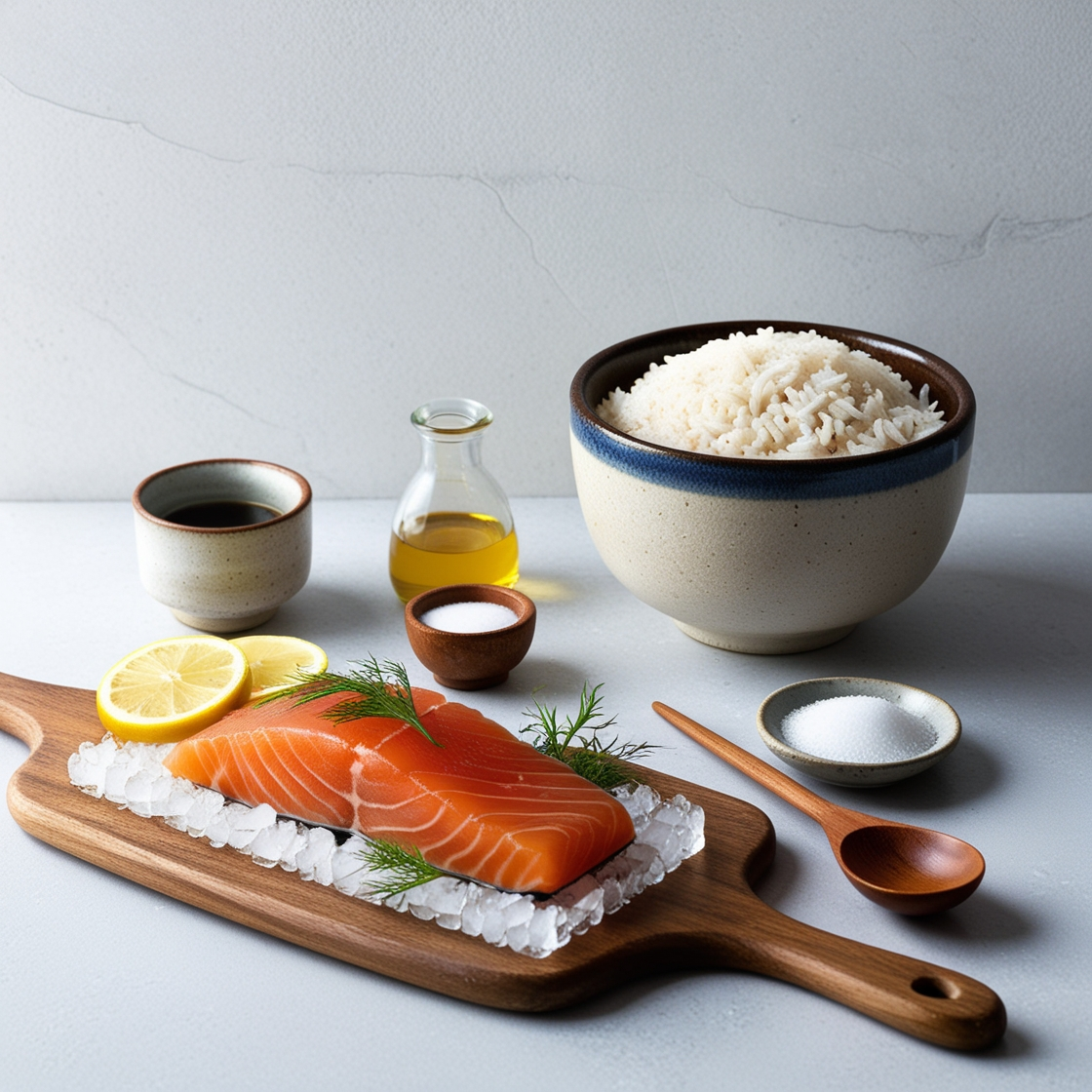
To cook instant sushi rice at home, you will need the following ingredients:
- 2 cups of short-grain sushi rice
- 2 cups of water
- 1/3 cup of rice vinegar
- 3 tablespoons of sugar
- 1 teaspoon of salt
- 1 slice of raw salmon
Instructions
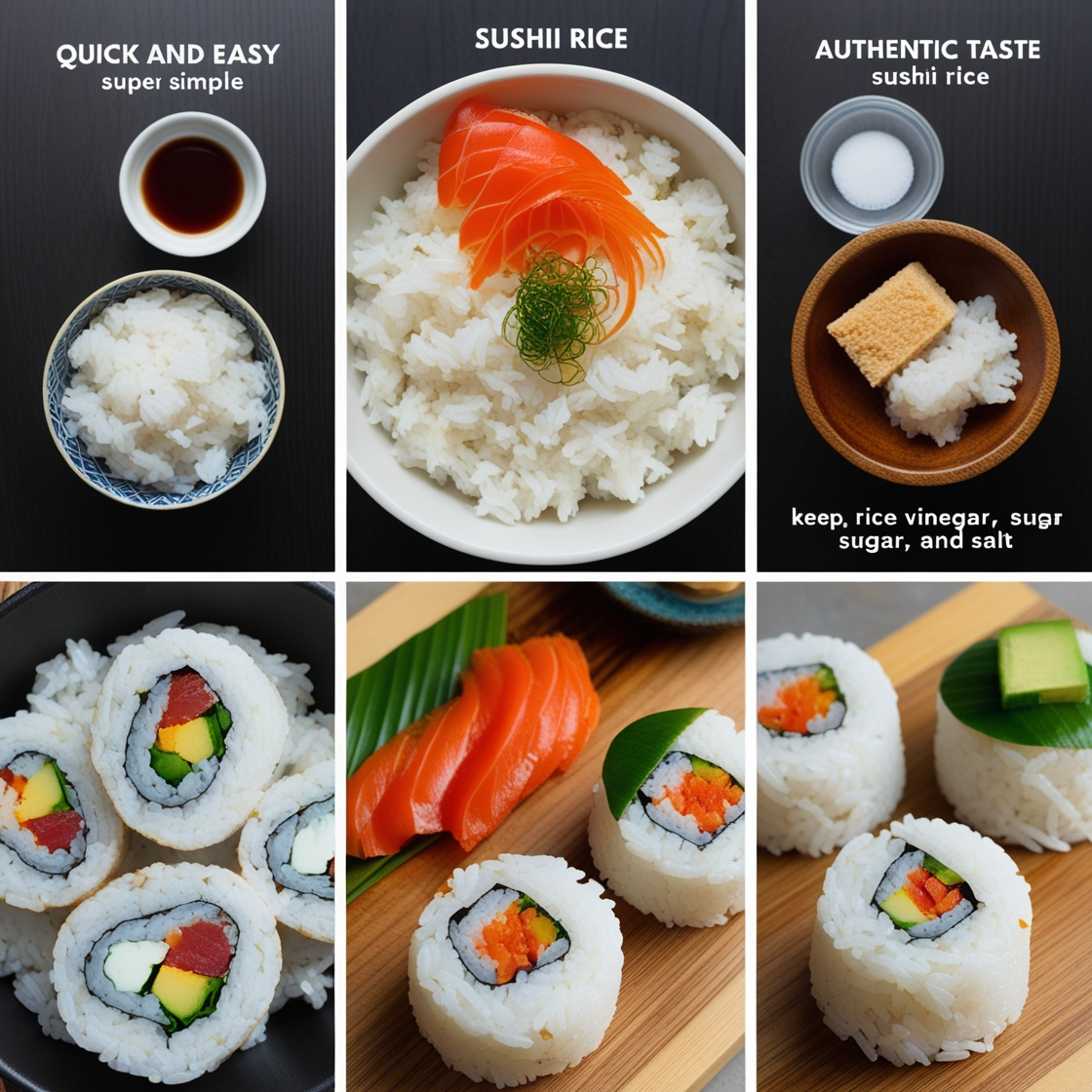
1. Rinse the Rice: Place the sushi rice in a fine-mesh strainer and rinse under cold running water until the water runs clear. This step removes excess starch and prevents the rice from becoming too sticky.
2. Cook the Rice: Combine the rinsed rice and water in a rice cooker or a medium saucepan. If using a rice cooker, follow the manufacturer’s instructions. If using a saucepan, bring the water to a boil over medium-high heat. Once boiling, reduce the heat to low, cover the saucepan, and simmer for about 18 minutes or until the water is absorbed and the rice is tender.
3. Prepare the Vinegar Mixture:While the rice is cooking, mix the rice vinegar, sugar, and salt in a small saucepan. Heat over low heat, stirring constantly, until the sugar and salt dissolve. Do not let the mixture boil. Remove from heat and let it cool to room temperature.
4.Season the Rice:Once the rice is cooked, transfer it to a large bowl. Pour the vinegar mixture over the hot rice and gently fold it in using a spatula. Be careful not to smash the rice grains. Continue folding until the rice has absorbed the vinegar mixture and has a shiny appearance.
5. Cool the Rice:** Spread the seasoned rice evenly in a shallow dish or on a large baking sheet. Let it cool to room temperature before using it in sushi rolls or other dishes. You can speed up the cooling process by fanning the rice.
Key Features
- Quick and Easy: This recipe is designed to be super simple, allowing you to prepare sushi rice with minimal effort and time.
- Authentic Taste: By using traditional ingredients like rice vinegar, sugar, and salt, this recipe ensures your sushi rice has the authentic flavor of Japanese cuisine.
- Versatile: Sushi rice can be used in various dishes, from sushi rolls to rice bowls and even as a side dish for other meals.
Creative Service Ideas
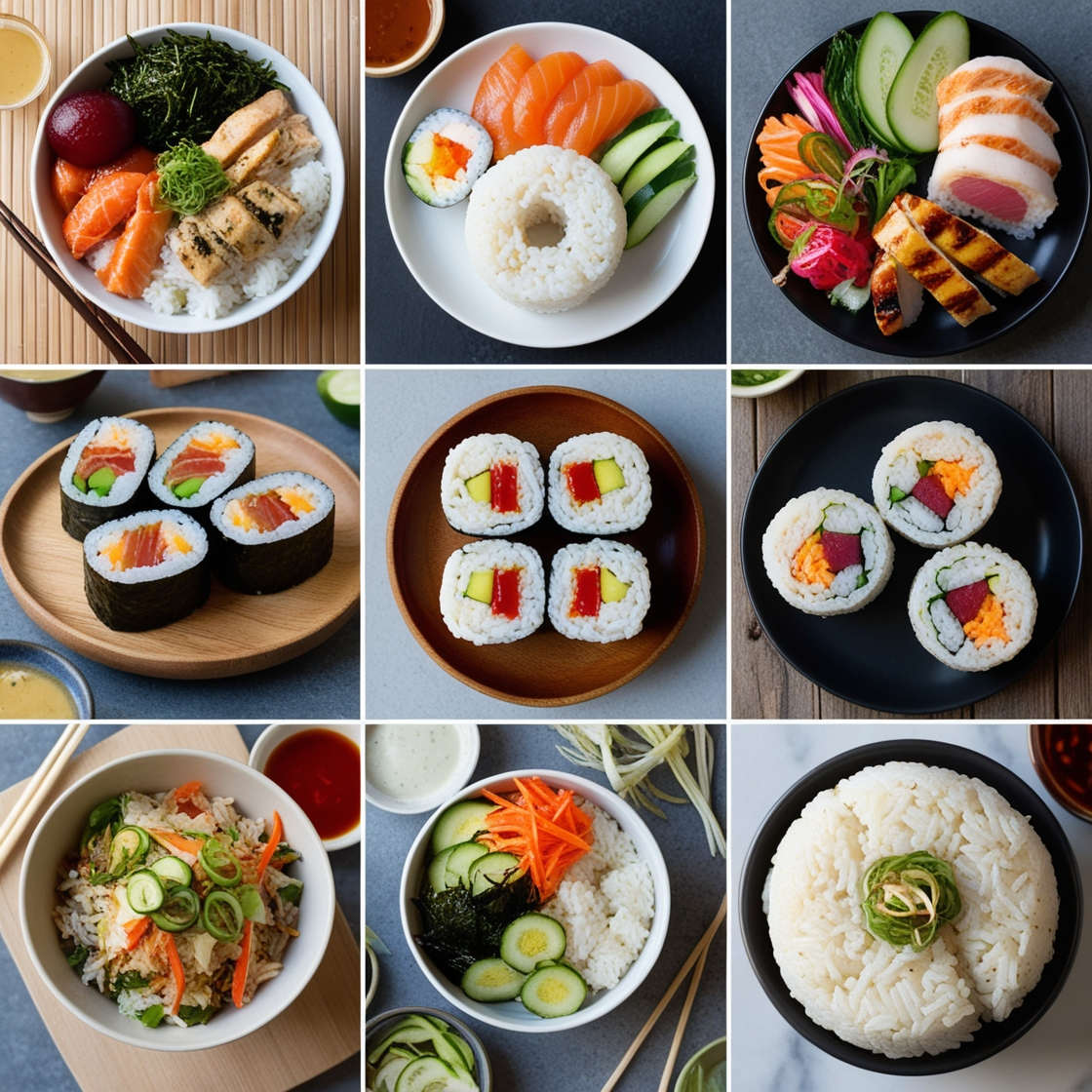
Versatile Ingredients: Sushi rice is incredibly versatile and can be used to create various dishes. Here are a few ideas:
- Sushi Bowls: Combine sushi rice with your favorite proteins (like fish, tofu, or chicken), vegetables, and sauces for a quick and nutritious meal.
- Onigiri: Shape the sushi rice into balls or triangles and fill them with savory ingredients like pickled plum, tuna, or grilled salmon.
- Rice Salad: Mix sushi rice with fresh vegetables, seaweed, and a light dressing for a refreshing rice salad.
- Rice Burgers: Use sushi rice patties as a unique and gluten-free alternative to burger buns.
Frequently Asked Questions
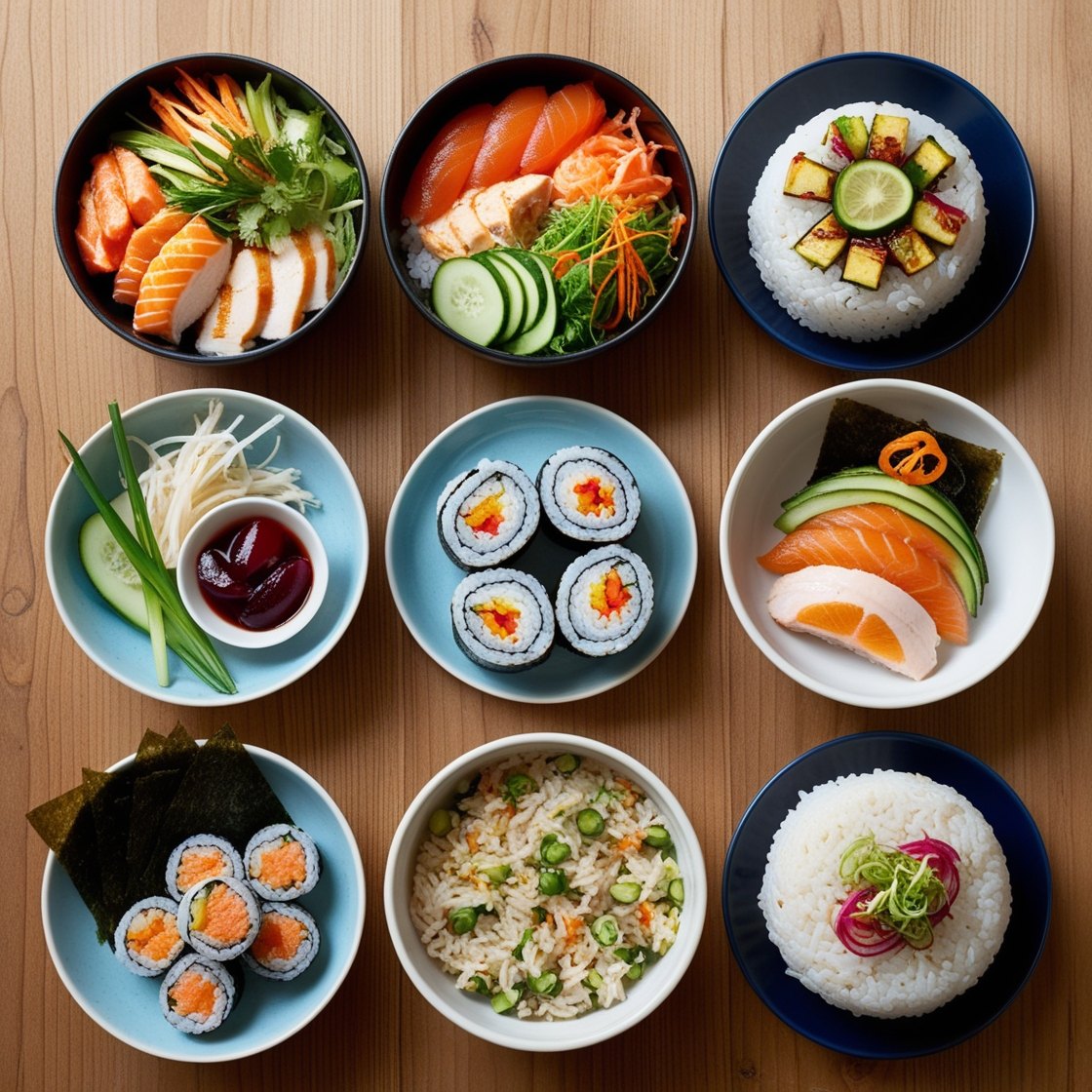
1. Can I use regular rice instead of sushi rice?
- While you can use regular rice, sushi rice is specifically designed to be sticky, which helps it hold together in rolls and other dishes. Using short-grain sushi rice will give you the best results.
2. Do I need a rice cooker to make sushi rice?
- No, you can cook sushi rice on the stovetop using a medium saucepan. Follow the instructions above for stovetop cooking.
3.How long does sushi rice last?
- Once prepared, sushi rice is best used the same day for the freshest taste and texture. However, you can store it in an airtight container in the refrigerator for up to 24 hours. Reheat gently before using.
4. Can I freeze sushi rice?
- Freezing sushi rice is not recommended as it can alter the texture, making it dry and crumbly. It’s best to prepare fresh sushi rice as needed.
5. What if my sushi rice is too sticky?
- If your sushi rice is too sticky, it might be overcooked or have too much water. Ensure you rinse the rice thoroughly before cooking and follow the water-to-rice ratio carefully.
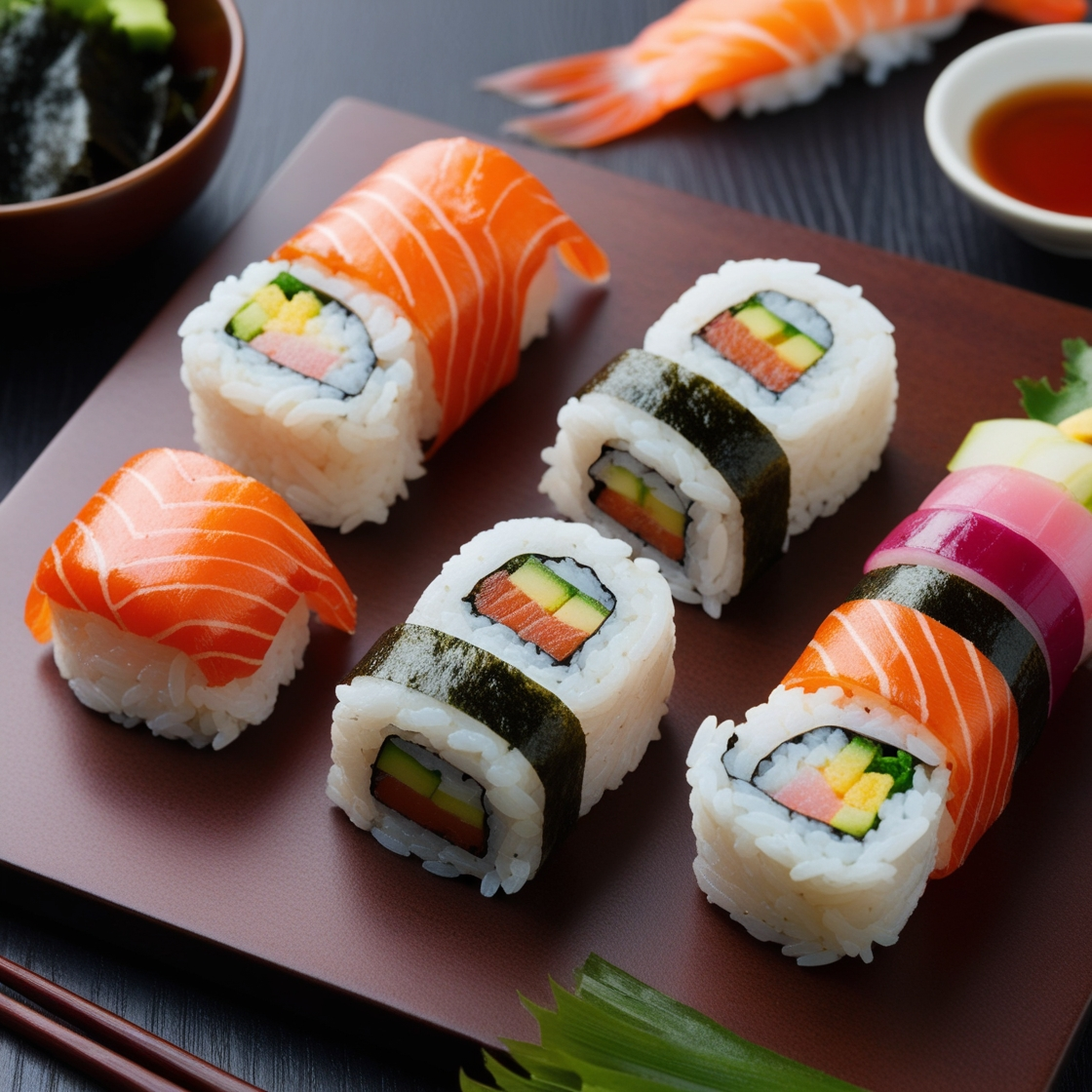
Cooking instant sushi rice at home is straightforward and yields delicious results that can be used in various Japanese-inspired dishes. With the right ingredients and a simple cooking process, you can enjoy authentic sushi rice in the comfort of your own home. Whether you’re making sushi rolls, rice bowls, or exploring creative new dishes, this versatile ingredient is a must-have in your kitchen. Enjoy your culinary adventure with homemade sushi rice
